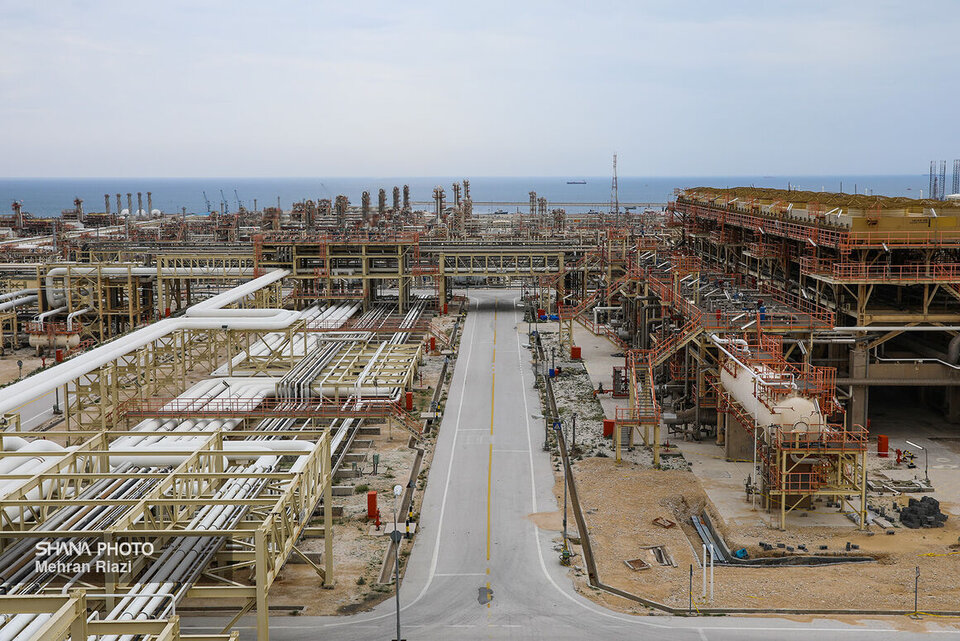Shahla Loni stressed that development in the refining sector must be accelerated by focusing on priority projects and facilitating investment conditions.
Loni, speaking Tuesday at the specialized meeting "Introducing Investment Opportunities in the Refining and Petrorefining Industry" during the "Transformation in Investment and Development in Iran’s Upstream Oil and Gas" event, highlighted key economic indicators. She noted that the refining industry accounts for about 14% of the national economy, directly employing over 100,000 people while generating numerous indirect jobs.
Loni added that due to an extensive and integrated supply chain, the country’s 10 active refineries play a crucial role in meeting petroleum product demand. The Abadan, Persian Gulf Star, and Isfahan refineries lead in production. However, financial constraints and economic fluctuations have hindered progress in development projects, with only 9% of defined projects reaching the implementation phase. Many large-scale projects face funding challenges.
The NIORDC investment director reiterated the importance of a strategic plan aligned with the Seventh Development Plan, emphasizing refining capacity expansion, storage infrastructure development, and product diversification. She also called for new policies to attract investment, enhance energy security, and optimize the supply chain.
Loni noted that under projected plans, domestic gasoline production must reach 129 million liters per day and gasoil output must rise to 130 million liters to sustainably meet demand. She proposed accelerating refining industry growth by prioritizing key projects and improving investment conditions.
She concluded that with effective policies and increased public-private collaboration, the refining sector could not only meet domestic needs but also strengthen its role in export markets.
40% of refinery profits allocated to quality improvement projects
Mohammadali Dadvar, deputy CEO of NIORDC, stated that 40% of refinery profits are annually allocated to quality improvement projects. He expressed readiness to cooperate with investors on such initiatives, which help reduce pollution nationwide.
Dadvar acknowledged fuel supply imbalances, stressing that increased production alone is not the solution. Consumption optimization must also be prioritized to ensure efficient fuel supply and distribution.
Need to shift toward consumption optimization
Javad Beheshti, NIORDC’s integrated planning manager, noted rising petroleum product consumption and urged the refining industry to focus on optimization. He highlighted untapped potential in the sector that should be properly utilized.
Tehran Refinery handles 14% of Iran’s crude processing
Abbas Mohseni Nikougoftar, CEO of Tehran Refinery, declared 2025 as the "year of investment in production," outlining four key factors for successful investment: securing funding, adopting modern technology, identifying target markets, and obtaining necessary permits.
The Tehran Refinery, with a daily capacity of 250,000 barrels of crude oil, handles 14% of Iran’s crude refining. It supplies about 50% of the country’s jet fuel and 6% of its gasoline.
Nikougoftar highlighted the refinery’s fuel oil quality improvement project as a major economic and environmental initiative. The project aims to comply with legal and environmental standards, provide clean fuel for power plants, reduce air pollution, diversify refinery products, and adhere to international regulations.


Your Comment